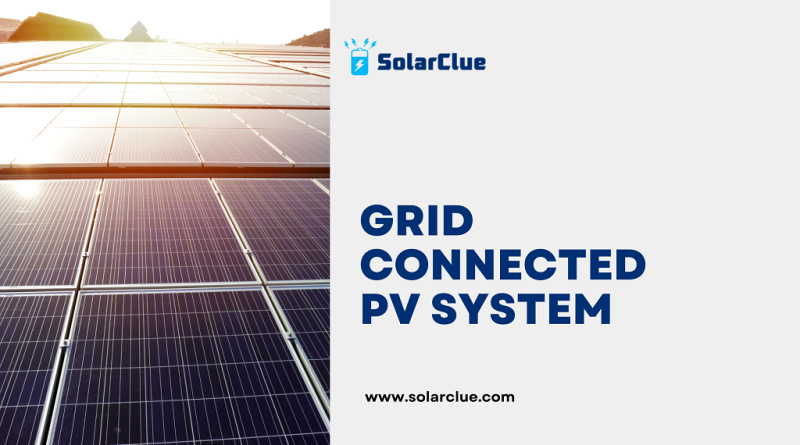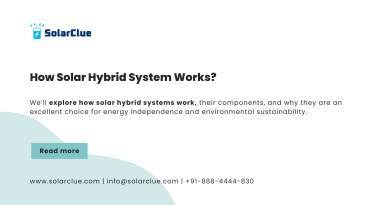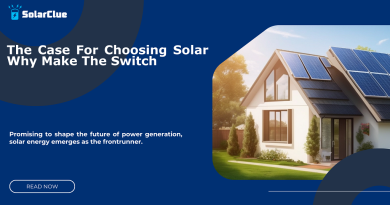Grid Connected Pv System
Table of Contents
Introduction to Grid Connected PV System
Grid-connected photovoltaic systems, popularly known as grid-connected PV systems, have become a key driver in the transition towards renewable energy worldwide. In the paradigm shift towards eco-efficient technologies, these systems play a critical role in delivering sustainable power solutions. This article will unravel the concept behind the grid-connected PV system, its operation, benefits, and challenges.
Overview and Operation of Grid-Connected PV System
A grid-connected PV system is essentially a solar PV system integrated with the grid that supplies electricity directly to households and businesses. Unlike standalone systems, grid-connected versions rely on the linked grid to compensate for any deficit in energy production. On cloudy days or during the night, when solar panels are limited in their energy-harvesting capabilities, the grid supplies the needed power. Conversely, surplus power generated by the system is fed back into the grid.
At the heart of the system, you’ll typically find an inverter that transforms the direct current (DC) power produced by the solar panels into alternate current (AC) power, the universally accepted form of electrical energy. Additional components such as a PV generator, grid connection point, load, and meter also contribute towards the efficient, harmonious operation of the system.
Benefits of Grid-Connected Systems
One key benefit offered by grid-connected PV systems is the continuous power supply, irrespective of weather conditions or time of the day. Solar energy, being primarily a daytime event, faces limitations during the night and low-light periods. By linking with the grid, these systems overcome this shortfall, ensuring reliable 24/7 energy provision.
Grid-connected PV systems also contribute towards cost-savings for users. When the PV system generates more power than utilized, it feeds the surplus back into the grid. Most energy companies offer a feed-in tariff for this excess power, which could result in substantial savings from reduced power bills.
Installation of grid-connected PV systems likewise plays a significant role in reducing carbon footprints. Contrasted to conventional power sources like coal and gas, PV systems generate renewable, clean energy that lowers greenhouse gas emissions—advocating for both a sustainable and environmentally friendly future.
Challenges of Grid-Connected PV Systems
While harnessing numerous merits, the implementation of grid-connected PV systems isn’t devoid of challenges. The unpredictability of solar power due to weather variations can lead to network instability. Sudden surges in power supply during peak solar harvest can lead to ‘over-voltage’ in the grid, particularly in local grids with less robust infrastructure.
Additionally, high installation costs may deter domestic users from adopting these systems. Although individuals can recoup the investment over time through power savings, the upfront costs remain formidable. Coupled with the need for space to install solar panels, these factors can be significant barriers for many.
Towards a Sustainable Future
Despite the challenges, as the world looks to make a shift towards renewable energy sources, the relevance and potential of grid-connected solar PV systems cannot be understated. Increased government subsidies, escalating power prices, and a growing ecological conscience among consumers make these systems a compelling proposition.
Moreover, technological advancements like smart-metering, microgrids, and virtual power plants are redefining the connection between solar PV systems and grids, promising an even more dynamic, efficient energy ecosystem.
Conclusion
Undeniably, grid-connected PV systems can significantly contribute towards achieving the global aims of reducing carbon footprints and enhancing sustainability. Through a combination of renewable energy harnessing, continuous power supply, and cost-saving benefits, these systems offer both short-term and long-term dividends.
The challenges do exist but they can be managed with advancements in technologies and diligent infrastructure planning. In essence, embracing grid-connected solar PV systems is not just a step towards sustainable power production—it’s a leap towards a cleaner, greener world.



